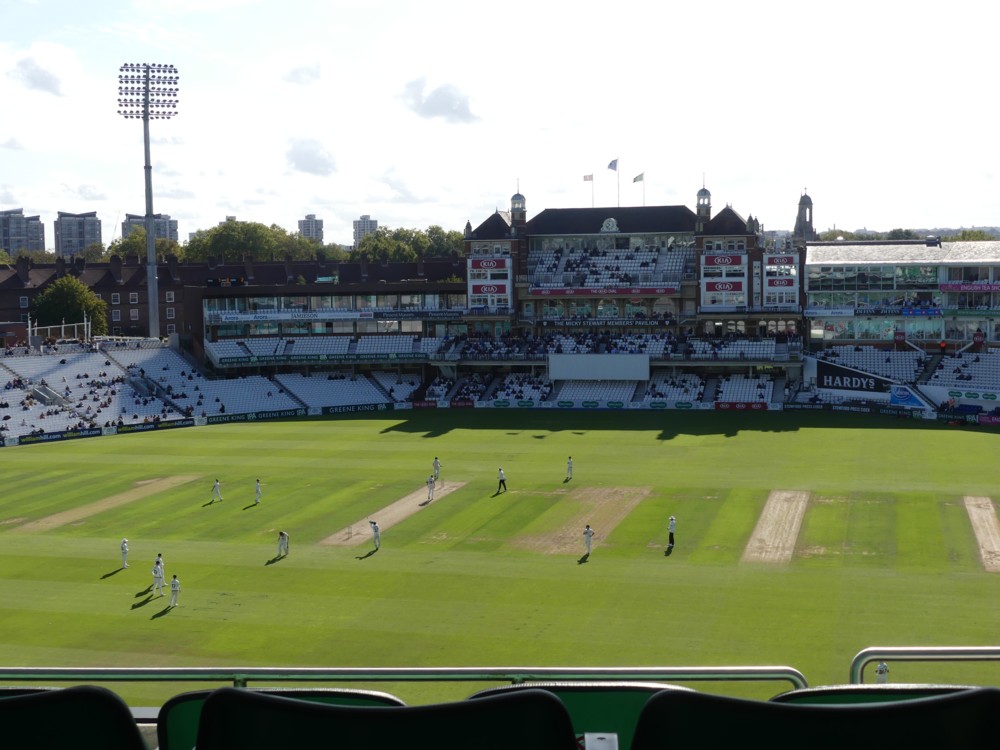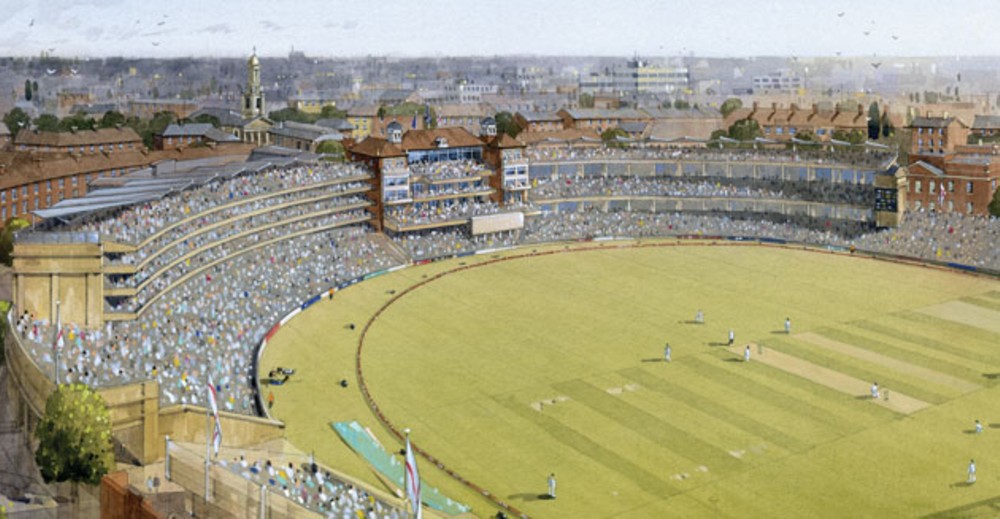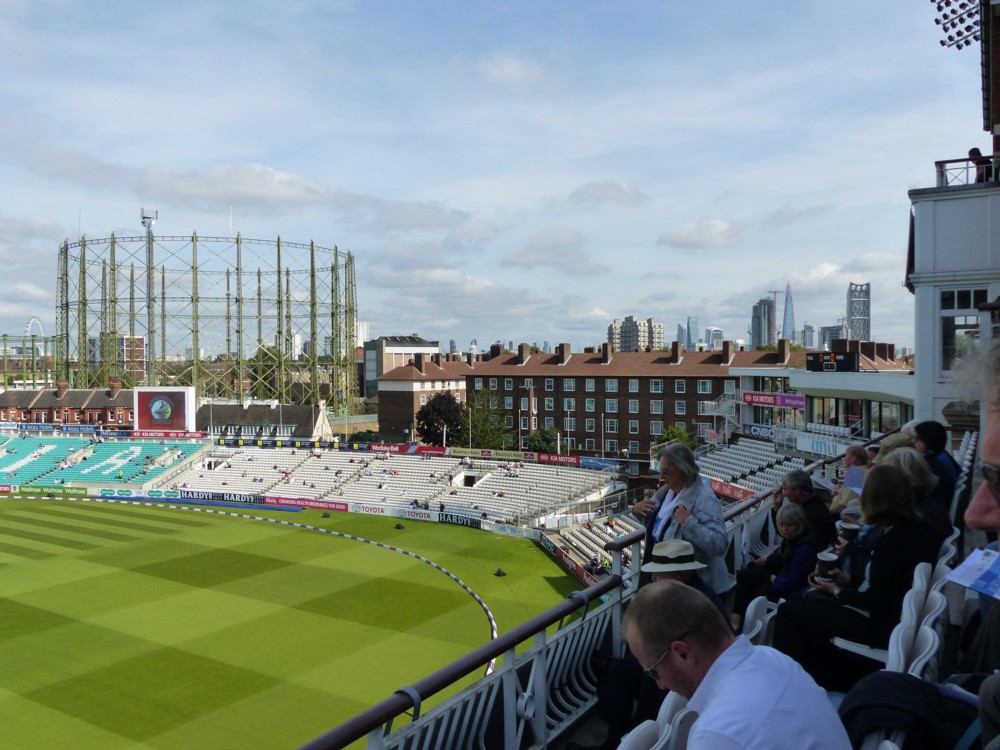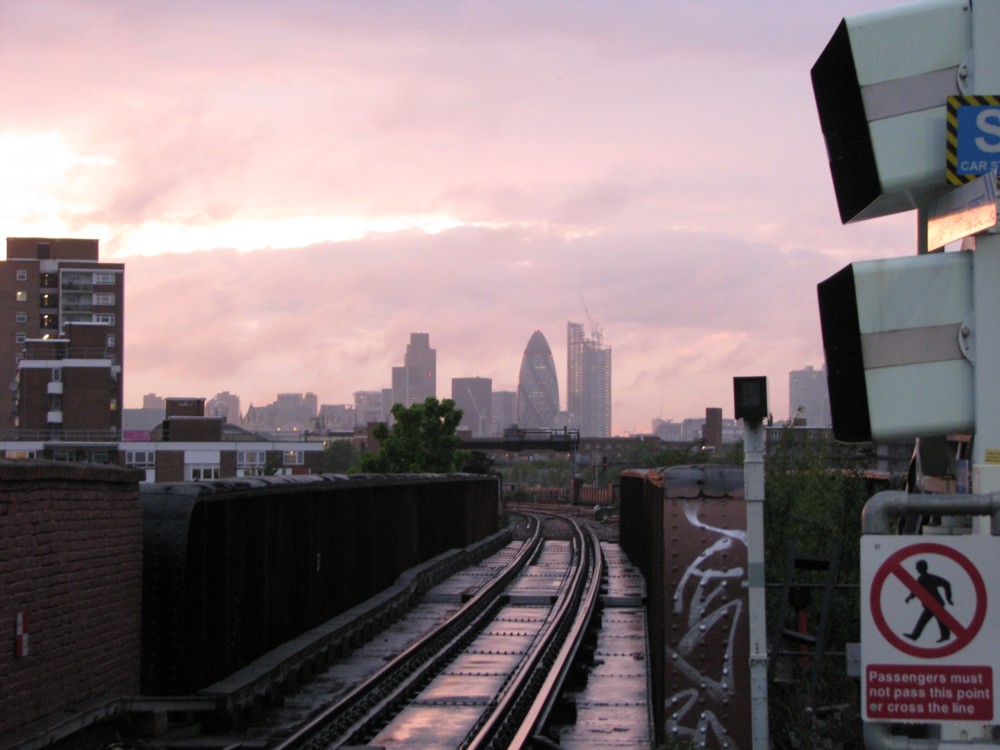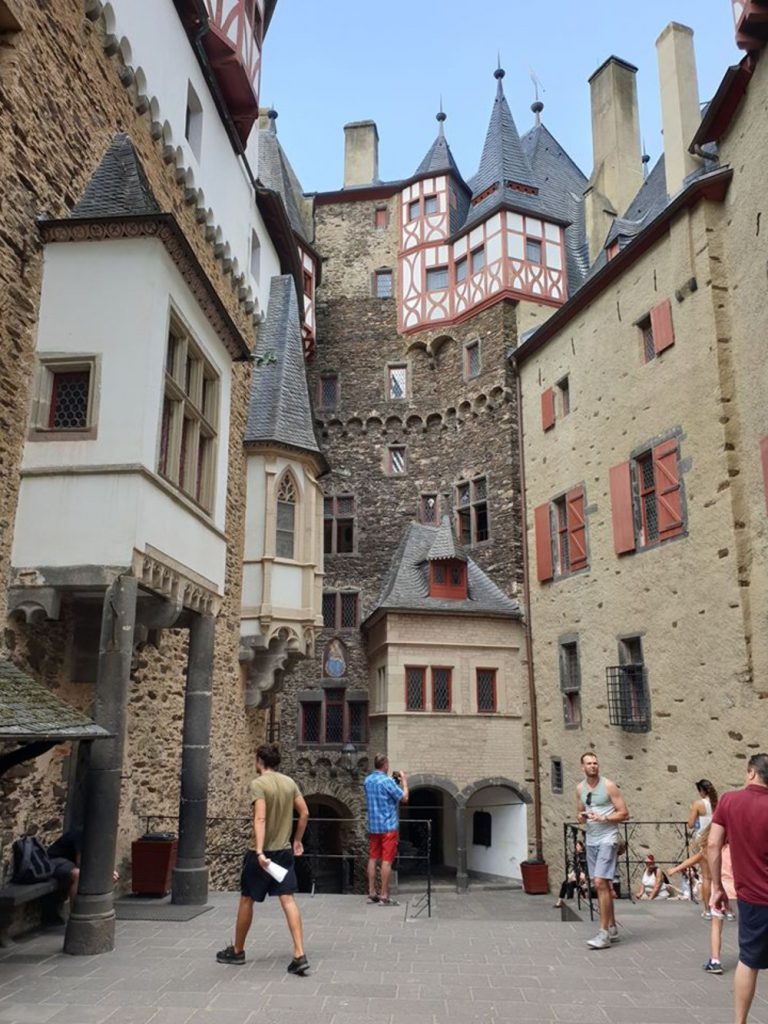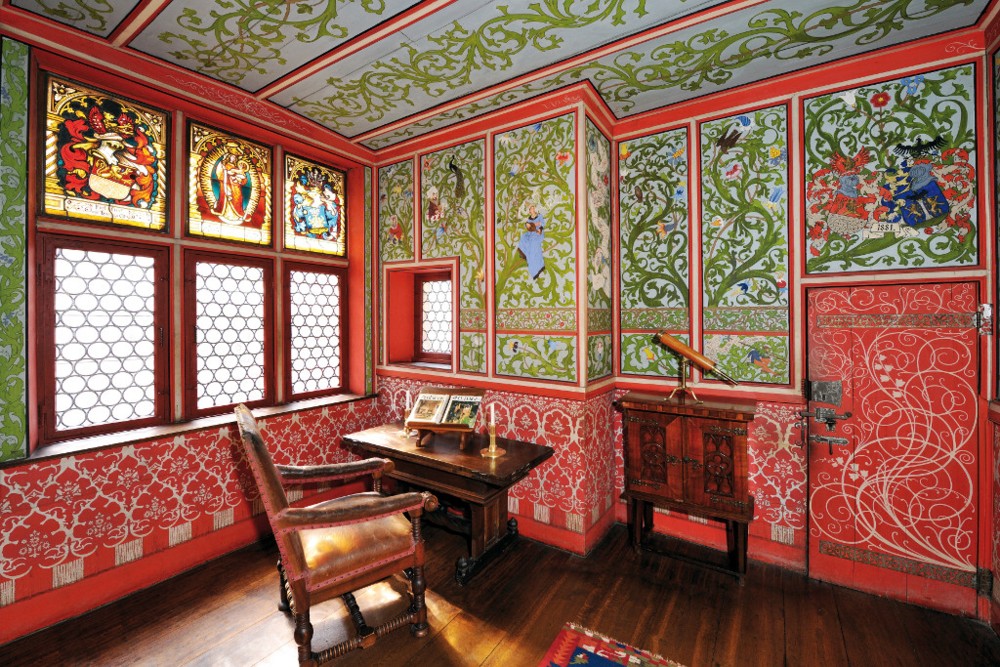I had a Twitter dump earlier. It feels so good to be getting this stuff out of my system, so here’s another. Again, in no particular order, and not chosen for bang-up-to-dateness, just funness and interestingness.
It maybe makes things a bit clearer if I indent the tweet references, and then unindent at the end, at which point I’ll be having a bit more to say:
What concrete blocks are made of in China.
The Battle of France in 44 seconds.
This family built a hug guard.
Baihe reservoir (白河水庫) in Tainan county is at once both shockingly ugly and stunningly beautiful.
BBC’s Jeremy Bowen says there haven’t been all that many terrorist attacks in Israel.
Everyone who was worrying he was a fascist now worrying he’s not fascist enough.
150-foot iceberg passes through Iceberg Alley.
My boyfriend cheated on me, but, I love him. What should I do? A Georgist: Implement a land value tax.
James Burke had only one chance to film this scene, and the result is possibly the best timed shot in television history.
Jeremy Corbin won the argument.
The lockdown is ending because the American people say it’s ending.
I miss those carefree pre-coronavirus days when nobody died at all.
In each of the above cases, you get most of the tweet, and sometimes all of it. So, if all you want to know is what the tweet said, no need to click. But if you want to know who else besides me thought the tweets in question to be funny or interesting, click away.
And that has actually done the trick. To my great surprise I have actually cleared out all this tweetery from my hard disc and from now on my computer will surely be functioning better, until such time as I need another similar dump. There remain only a few animal-related tweets which are already scheduled to appear this coming Friday.




